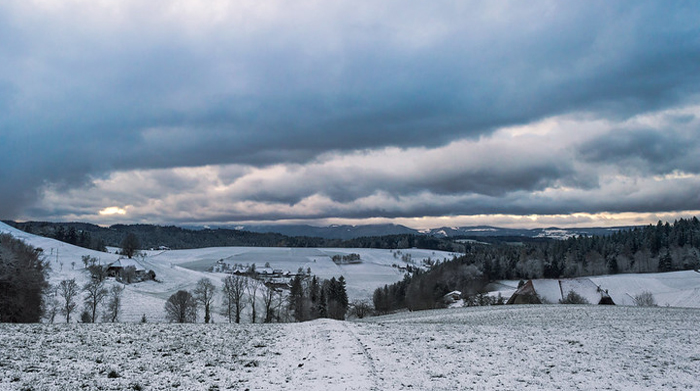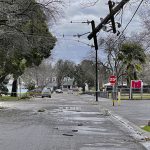PJM Capacity Shortfalls in December 2022 Reach Staggering Heights

Image courtesy of Dominic Flückiger under Attribution-NonCommercial-NoDerivs 2.0 Generic License, resized to 700 x 391 pixels.
PJM, the regional grid operator that operates from the East Coast to the Midwest, is facing the prospect of incurring up to $2 billion in non-performance charges for huge generating capacity shortfalls it experienced during the 2 days prior to Christmas.
Cause and Effect of the December Capacity Shortfalls
An artic blast is what caused the shortfalls, and in fact some areas experienced record low temperatures. PJM said that it had allocated nearly 29 GW of reserve capacity during this time, but much of it was unavailable when it was needed the most, primarily due to plant equipment and fuel supply issues. By Christmas Eve, an estimated 46,000 MW of capacity was unavailable across the region.
Most of the capacity shortfalls were on gas-fired resources. Forced outages included 32,473 MW of natural gas, 7,562 MW of coal and nearly 6,000 MW of renewable energy sources. Additionally, another 6,000 MW of steam energy was called but unavailable. Ultimately, the system bottomed out with a whopping 23% of capacity being unavailable.
PJM said that 92% of the outages were reported within an hour, but the sheer volume of outages slowed the restoration. Depending on the specific area, some customers suffered through more than a day with the lights being off during some of the coldest temperatures seen in a century.
PJM is currently conducting a wide-reaching analysis to determine the root cause of the shortfall and identify future prevention strategies. Unfortunately, the findings will not be available until April, but hopefully that will provide time to shore things up for next winter.
There is little doubt that his type of situation will happen again in the future. Whether the issue is extreme cold, extreme heat, increasingly severe weather, cyber-attacks, or something else, the macroenvironment is not going to suddenly return to the ‘good ole’ days.’ Capacity shortfalls will continue to occur, and it’s up to us as emergency preparedness professionals to help bridge the gap.



